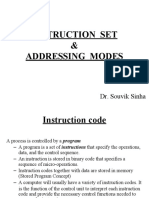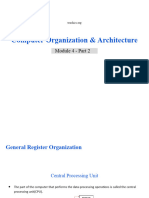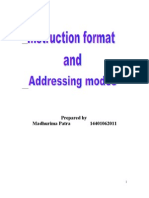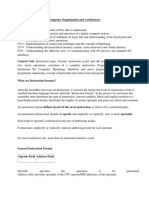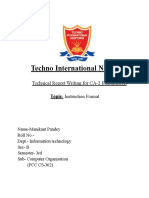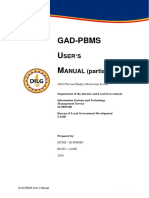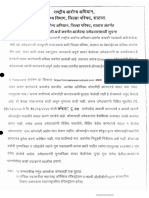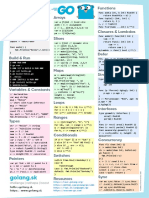0% found this document useful (0 votes)
33 views17 pagesUnit 2
The document provides an overview of the central processing unit (CPU) and its components, including the register set, arithmetic logic unit (ALU), and control unit. It discusses various instruction formats and CPU organizations, such as single accumulator, general register, and stack organization, along with addressing modes like implied, immediate, and direct addressing. Additionally, the document explains micro-programmed control, control memory, and the sequencing of microinstructions during instruction execution.
Uploaded by
shravanCopyright
© © All Rights Reserved
We take content rights seriously. If you suspect this is your content, claim it here.
Available Formats
Download as PDF, TXT or read online on Scribd
0% found this document useful (0 votes)
33 views17 pagesUnit 2
The document provides an overview of the central processing unit (CPU) and its components, including the register set, arithmetic logic unit (ALU), and control unit. It discusses various instruction formats and CPU organizations, such as single accumulator, general register, and stack organization, along with addressing modes like implied, immediate, and direct addressing. Additionally, the document explains micro-programmed control, control memory, and the sequencing of microinstructions during instruction execution.
Uploaded by
shravanCopyright
© © All Rights Reserved
We take content rights seriously. If you suspect this is your content, claim it here.
Available Formats
Download as PDF, TXT or read online on Scribd
/ 17










